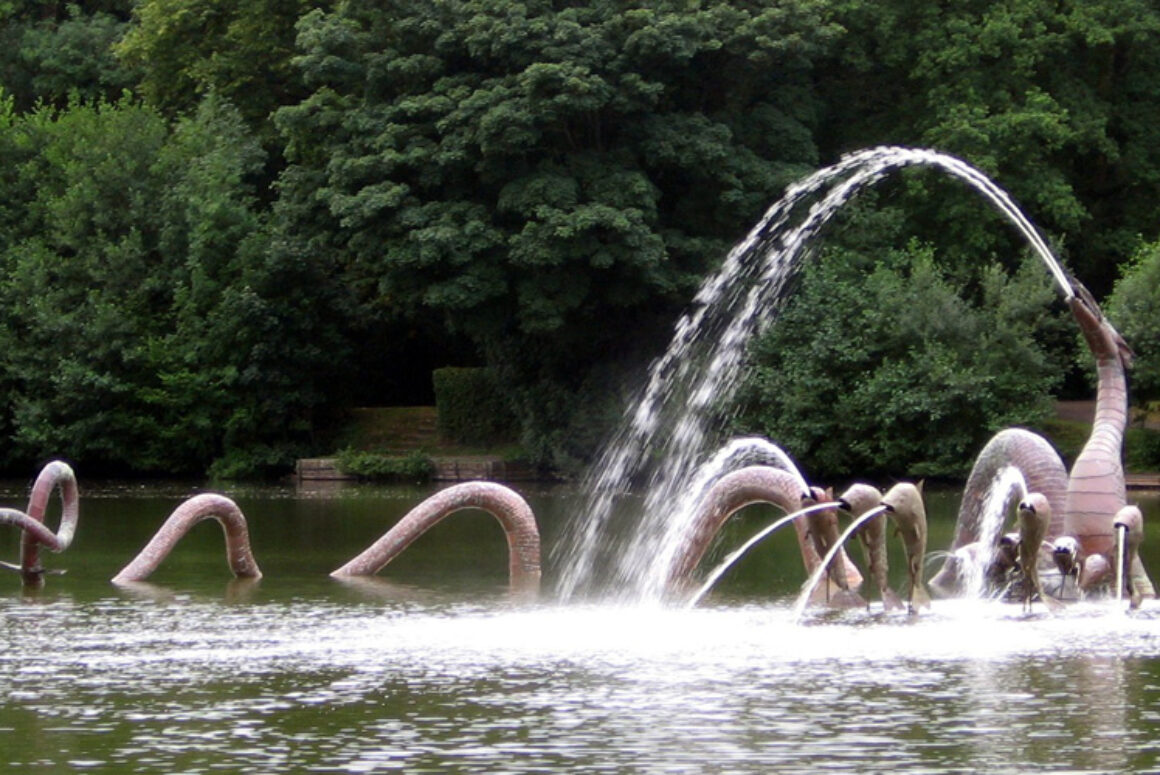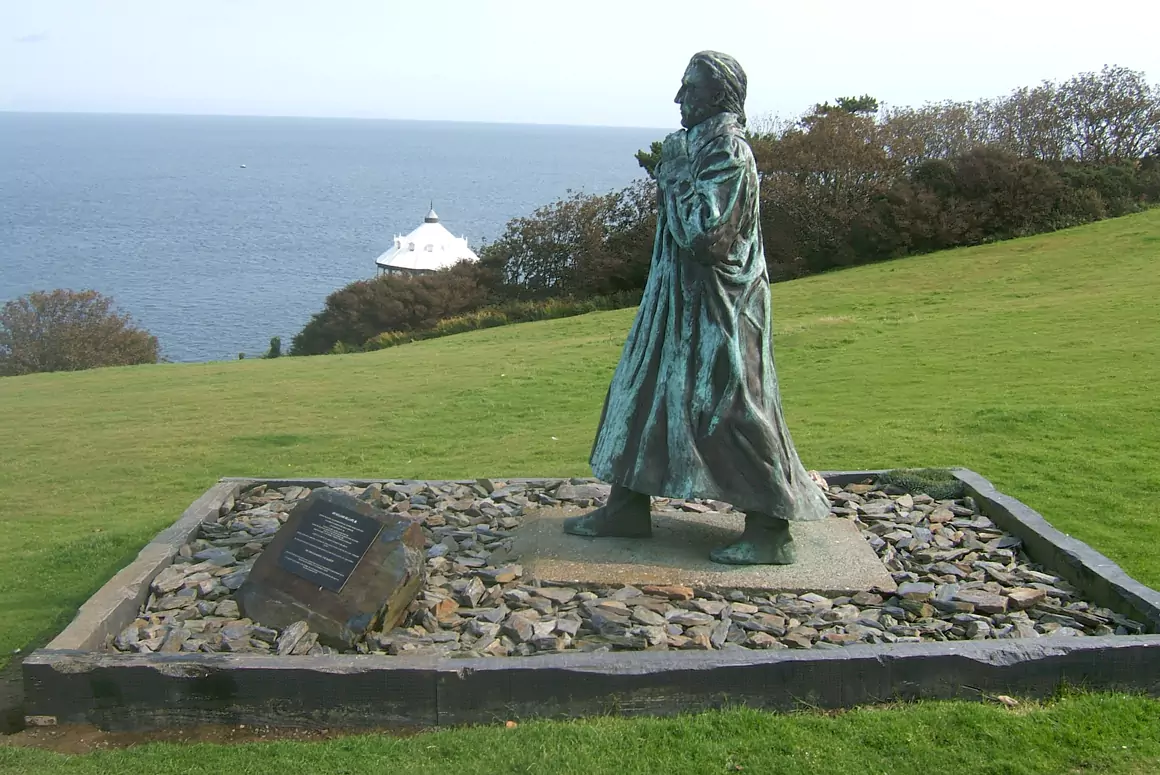![]()
Karen Foy finds out more about the growth and development of the mid Wales town of Llandrindod Wells.
The Victorian era gave birth to a number of locations around Britain which became famed for the healing properties of their natural mineral water springs. By encouraging visitors to ‘take the waters’ to restore and maintain their health, the increase in tourism accelerated the expansion and development of these new Spa towns.
Promoting the natural springs at Llandrindod in Mid Wales undoubtedly helped to put it on the map. The curative benefits of the Saline (salt) and Chalybeate (iron rich) springs found in the town’s Rock Park proved to be a magnet, not only to visitors, but also to housing developments and potential businesses.
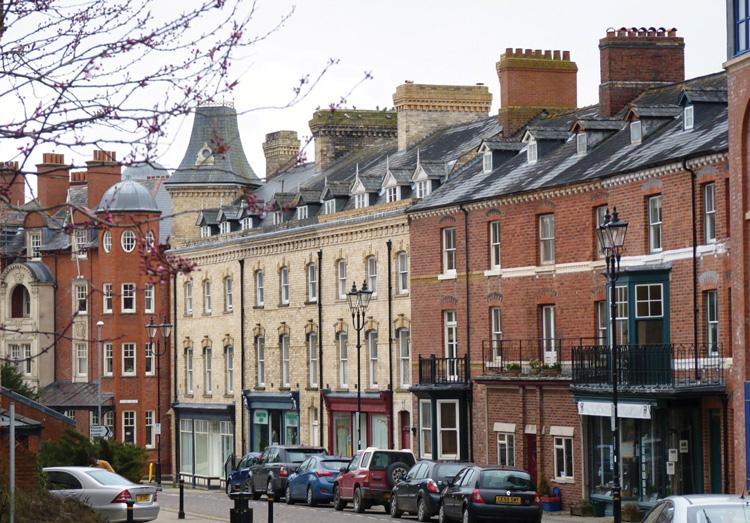
The introduction of the railways in 1865 ensured that this rapidly expanding transport network brought people in their droves to the area. Improvements were made to existing properties, whilst others were purpose built to attract newcomers, and their investments soon began to pay off. By 1899, Llandrindod Wells was welcoming 80,000 visitors a year, and catering for both the upper class gentility and their middle class counterparts.
The majority of the town’s development took place at the end of the 19th century and the architectural design of this period reflects that. Many of the Victorian (and later Edwardian) buildings have stood the test of time giving the town an historic, old world charm. The use of iron, glass, canopies and railings – much loved by the Victorians – combined practicality and functionality with style and elegance, all traits which proved to be a big draw to the tourist wanting comfort and sophistication.
A Place of Contemplation
Temple Gardens provides a focal point where townsfolk and visitors can while away an afternoon, sit and enjoy the plants and flowers, or listen to the music performed on the bandstand. It is also here that a statue was erected to the Welsh landscape painter Thomas Jones (1742- 1803). Born in the area and brought up on the family estate near Builth Wells, he trained as an artist in London, not only capturing scenes of rural Wales, but also views of Italy. He is buried in the family chapel at nearby Caebach.
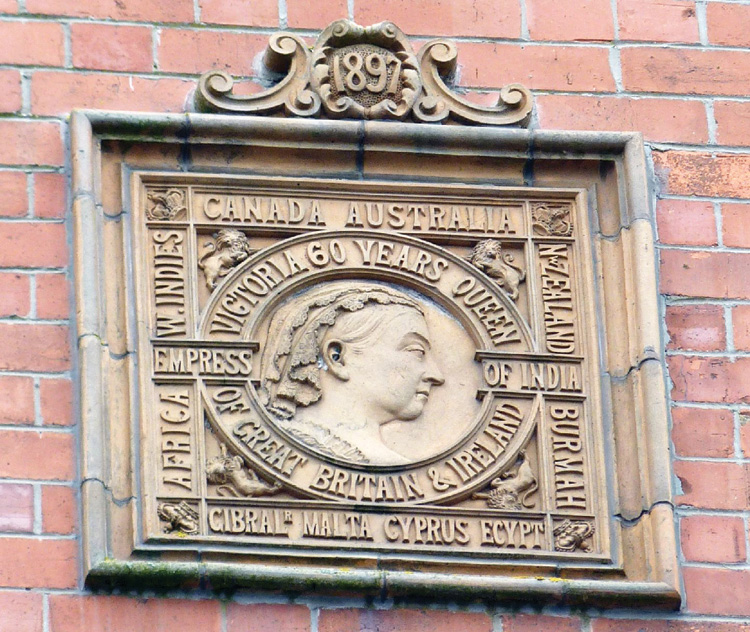
Although most likely a Victorian creation, stories from the past indicate that the Temple Gardens were once the site of a Druid Temple in the form of an ancient stone circle. Records from 1867 explain that a circle existed at that time which used stones that marked out the location of a Roman road across the Common. By the 1890s, it was said that the stones had a more functional purpose and were used to tether the donkeys that brought the water from Rock Park to the surrounding hotels. So…whether you believe the ‘Druid Temple’ story is the stuff of myth and legend, the ancient stones have definitely provided both a talking point and a utilitarian use over the decades!
Numerous buildings surround the Gardens. One stylish abode is a house called ‘The Lindens’, so named for Dr Diederick Wessel Linden who wrote a book extolling the medicinal properties of the mineral springs in the Llandrindod area after his visit here in 1754. His early interest and enthusiasm only helped to sell the potential of the Spa town when development began in the late 19th century.
Trinity Church also overlooks Temple Gardens along with the rectory which was built in 1882 as a home for the Archdeacon de Winton. Of considerable size, and then set in two acres of gardens with a coach house and stables, there was even a Parish Room for functions which could hold up to two hundred people at one time. Due to its size and subsequent enlargement, the rectory later became a hotel called the ‘Plas Winton’, and after being requisitioned for war work and Officer Training during the 1940s, it was again refurbished and renamed the Hotel Commodore, which is as it remains to this day.
Ample Accommodation
The choice of larger hotels for those visiting to enjoy the treatments that the spa town could offer was extensive. Some of the most luxurious included the Pump House Hotel which dated from the 1820s and originally provided guest accommodation with rates for both ‘first and second class’ visitors which, in turn, coined the sentiment that the property was split into a ‘House of Lords’ and a ‘House of Commons’.
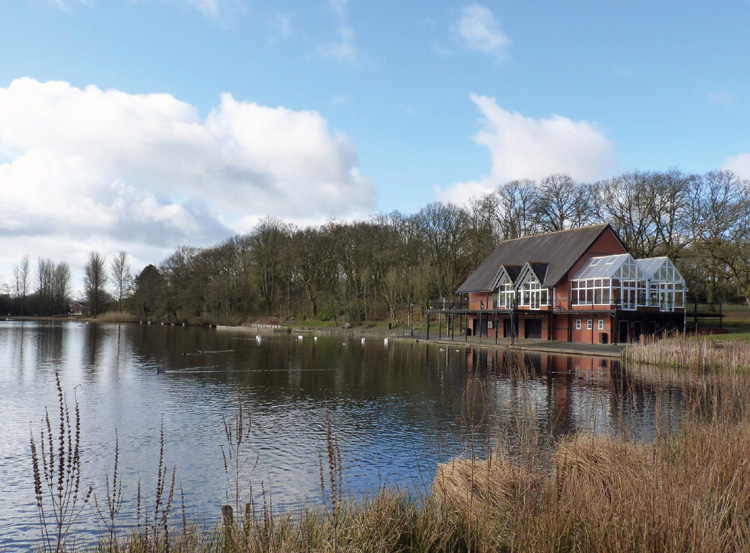
But by 1888, a plan was devised to replace the old building with a deluxe resort. During the makeover, a lake was created alongside it, and a Bath House offered treatments using the local Saline Spring waters to attract people from far and wide.
Despite its long history and use in the Second World War as a military hospital, the building eventually became structurally unsound and was demolished in the late 1980s. Sadly, in later years, this was to become a familiar story with other large Victorian hotel properties. The decline in popularity of Britain’s Spa towns left many guest rooms unoccupied and as visitor numbers dwindled, those hotels like Llandrindod’s once thriving ‘Ye Wells’ were put to alternative use with the Ye Wells now occupied by Coleg Powys.
By comparison, The Metropole has stood the test of time, but even it has evolved to keep its clientele. Originally built in 1872, it was called Coleman’s Hotel after its owner, Postmaster – Edwin Coleman. By 1885, with renovations, extensions and the addition of facilities to cater for the latest spa treatments, it was renamed The Bridge Hotel. The final change came in 1911 to ‘The Metropole’ – which it has retained to this day. The hotel continues to dominate the town with its striking green painted facade, Art Nouveau veranda and twin turrets to the rear of the property.
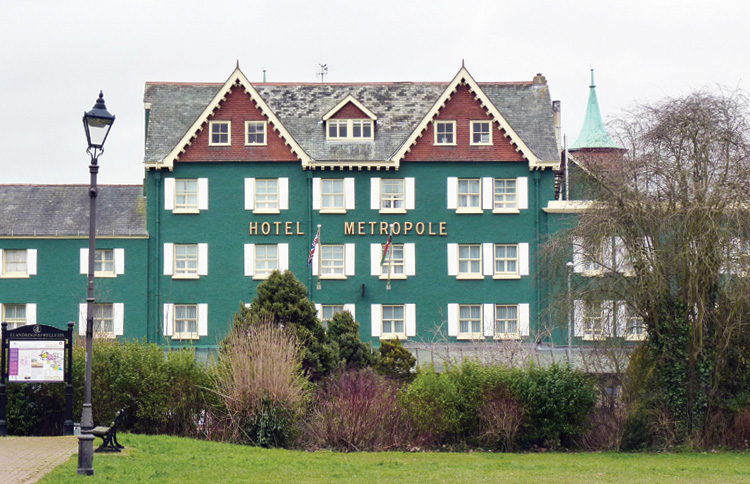
Entertainment and Education

During Llandrindod’s heyday, new businesses were founded, and facilities built, to entertain and meet the needs of the influx of newcomers. Next door to the Presbyterian Church was the Albert Hall. With its modern Art Nouveau entrance, and costing £1600 to complete in 1896, the 750 seat hall became the ideal place to hold Welsh services, as well as provide entertainment in the form of lectures, concerts and lantern shows. It was not until the 1920s that it was officially converted into a theatre.
The railways had opened people’s eyes to new technology and travel, but it was not the only method of transport that intrigued the late Victorian and Edwardians to the area.
With a love of sports and cycling, Tom Norton set up a modest cycle centre in Llandrindod’s High Street in 1898. Within a few years his passion had extended to encompass cars and motorcycles, so he bought a corner plot in 1906, and five years later – aided by the designs of architect R. Wellings Thomas – his ‘Automobile Palace’ was opened to the public.
Art Deco in style with a steel framed construction and outer walls decorated in white clay tiles, the building cost £11,000 to complete. But Norton’s plans did not stop there, and in 1919 – after the austerity of the First World War and on the eve of what was to become known as ‘The Roaring Twenties’ – the building was extended to triple its size, in-keeping with the original decorative style, but with the addition of Art Nouveau touches and row of lion shields dominating the roof line. This truly was the place to purchase the latest Automobilia.
Tom’s enthusiasm for transportation was not restricted to motor vehicles, and he is credited with bringing aviation to a wider audience in Mid Wales by sponsoring air displays and inviting prominent airmen of the period to give flying demonstrations from the fields at the edge of the town.
Llandrindod Wells may have enjoyed the peak of its popularity at the turn of the 19th century, but its rich heritage and glimpses of the past are still visible and continue to give today’s visitor a taste of what was an exciting and ever changing period of our history.


